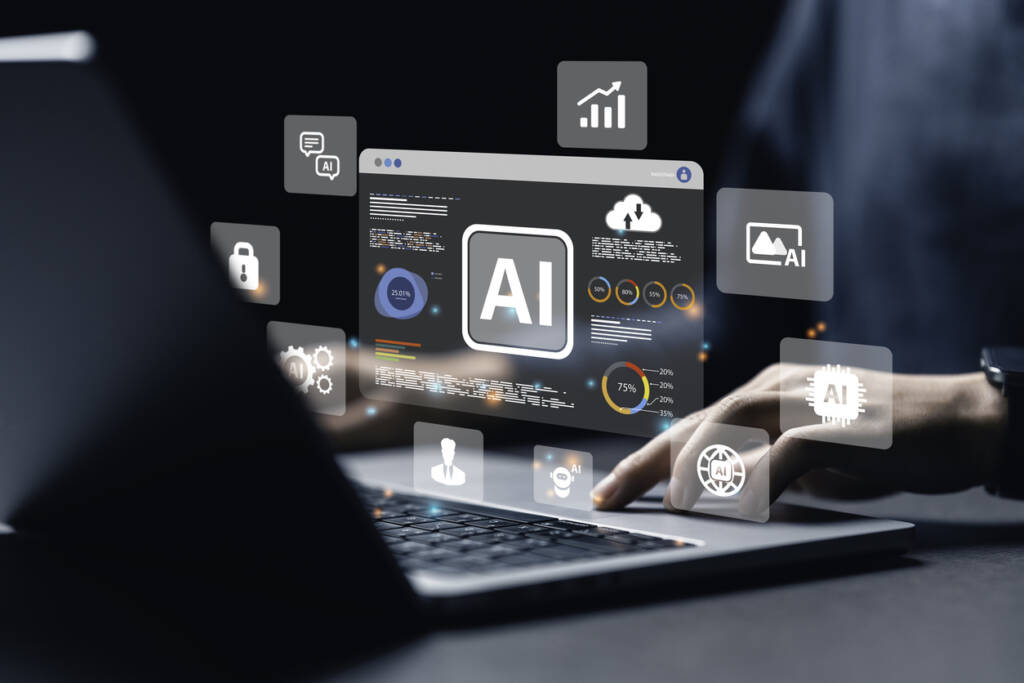The Future Is Now: How Artificial Intelligence is Revolutionizing Employee Regulatory Compliance
The field of compliance has transformed dramatically over the last few decades, driven by rapid advancements in technology—most notably in the form of artificial intelligence (AI). What started out as a human-powered paper-driven function is now an integral part of employee compliance-focused risk management, powered by intelligent software. The evolution of modern-day employee compliance can be broken down into three distinct phases, the most recent of which is having a transformative effect.
Compliance 1.0: Manual Processes and Decentralized Office Tools
In its earliest form, employee compliance was a fully manual process, heavily reliant on basic tools that presented significant challenges, particularly for industries like financial services with stringent regulatory demands. This era was defined by the following characteristics:
- Reports were prepared using spreadsheets, with data collected by hand. The process was both time-consuming and error prone.
- Regulatory updates had to be tracked manually, often leading to delays in compliance.
- The absence of a centralized hub and automation exacerbated the complexity of managing evolving regulations and risks.
Compliance 2.0: The Rise of RegTech and Centralized Compliance Systems
As regulations became more complex and industries faced greater scrutiny, technology entered the compliance landscape in the form of regtech (regulatory technology). Starting with the repeal of the Glass-Steagall Act in 1999, this era saw the emergence of centralized compliance systems that provided organizations with a single source of truth for managing regulatory obligations. StarCompliance, a leading provider of SaaS-based employee compliance software solutions, maps its origins to this milestone and celebrates its 25th anniversary this year alongside the beginnings of modern day regtech.
Early AI-driven features within regtech software began making information retrieval and enrichment faster. This allowed compliance teams to automate some workflows, particularly in tracking and classifying regulations, which increased efficiency and helped teams become more proactive. This proactive stance enabled firms to detect and mitigate employee regulatory issues more quickly, lessening the impact of financial penalties and the erosion of trust in the company.
Compliance 3.0: The Age of Automated Regulatory Intelligence
Today, compliance is entering its third major phase, marked by the full integration of advanced AI capabilities within regtech solutions. Machine learning models have reached such a large size and complexity that they are capable of natural language understanding (NLU) and the generation of content. This has given rise to automated regulatory intelligence (ARI)—a system where AI not only retrieves and organizes relevant regulations, but also interprets them in the context of a specific business environment. CUBE is defining this category of regtech solutions and has published a whitepaper on the subject.
ARI enables compliance teams to:
- Automatically map regulatory changes to business data: AI tools will not only highlight relevant sections of regulatory text, but also cross-reference them with internal policies and controls.
- Generate actionable insights: AI has transcended information retrieval and enrichment to encompass the analysis of regulations and their potential impact on business operations. It can generate suggestions for risk assessments and next steps for compliance.
- Provide predictive analysis: By learning from historic data and trends, AI can help companies anticipate future regulatory changes and enforcement actions. This ensures proactive adaptation to forthcoming laws and obligations, as well as active monitoring of the highest-risk in-force obligations.
These capabilities are shifting compliance from being a cost center to being a competitive advantage, and the role of the compliance function is becoming more and more strategic. Organizations can be more proactive than ever before and make risk-informed decisions about where to launch or retire new product or service lines. Through ARI, we are entering the most exciting era of compliance.
The Balance Between Innovation and Control
As exciting as the era of Compliance 3.0 is, AI must be used with caution and managed through appropriate controls. AI-driven solutions rely on data and algorithms, which can introduce risks related to bias, misinterpretation, or gaps in understanding. Overreliance on automation without human oversight may lead compliance teams to miss regulatory nuances that require their expert judgment.
To effectively leverage AI in compliance, organizations need strong governance frameworks, ensuring that AI tools are monitored, audited, and updated to reflect evolving regulations and ethical standards. A hybrid model that combines AI output with human expertise will allow compliance teams to gain the benefits of automation while maintaining essential oversight.
The evolution from manual processes to AI-powered systems, particularly with the rise of ARI, has fundamentally changed the way organizations manage risk. Compliance teams are now in a far stronger position to navigate the complex regulatory environment. All of this being said, control and human expertise are still critical to ensuring that AI remains an enabler of cutting-edge compliance practices.
To learn more about Star and how it can help you manage your employee compliance efforts, schedule a demo here. To learn more about automated regulatory intelligence and CUBE, click here.




